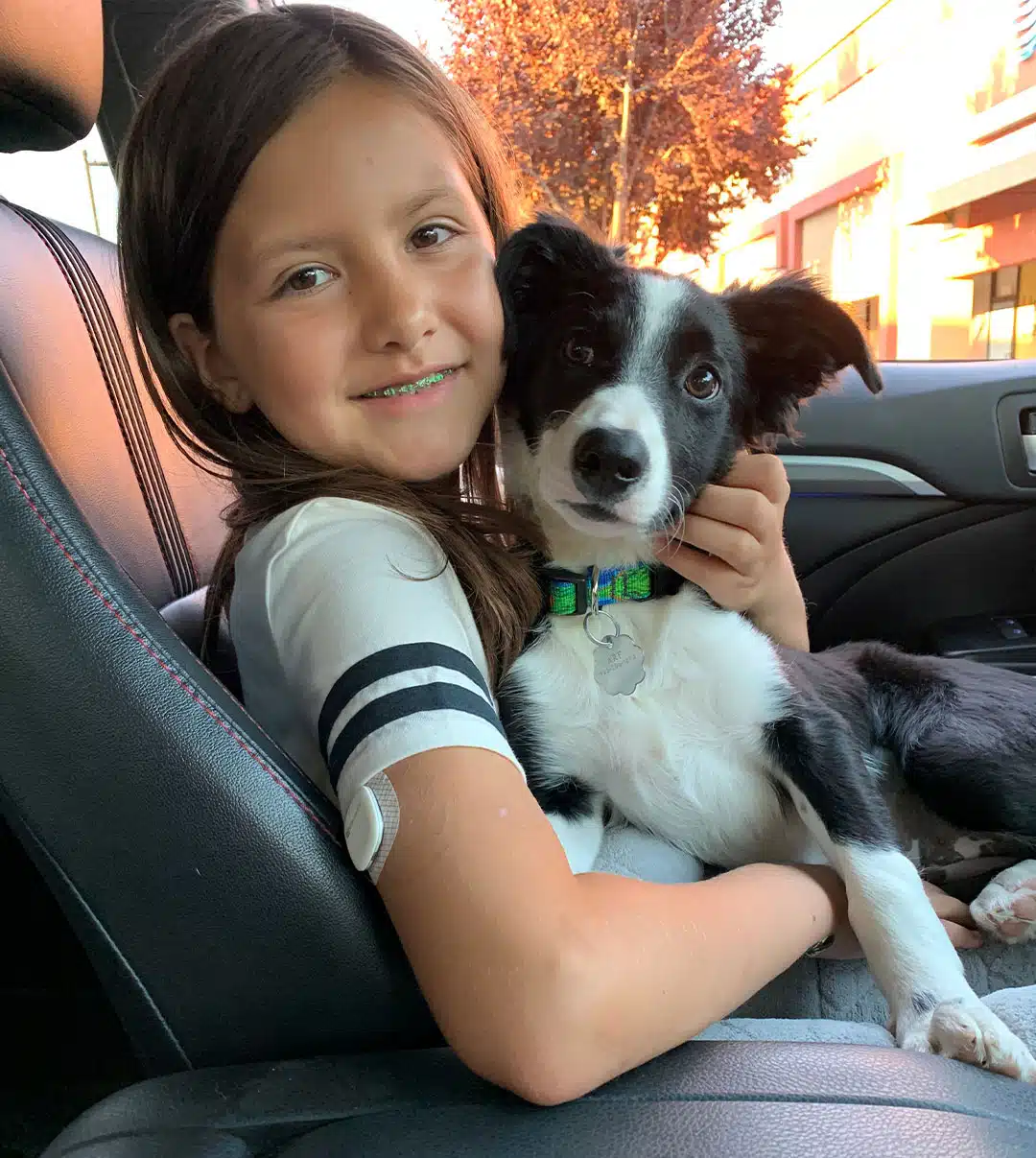
Heartworms are worms that live in the heart and lungs of infected animals. Heartworm larvae are spread via mosquito bites, and heartworm disease can lead to lung damage and heart failure if untreated. Heartworm disease is easy to prevent with preventive medication available through your veterinarian. Once infected, however, elimination of heartworms is a lengthy process.
ARF treats dogs with heartworm disease, and in some cases adopts dogs out during the treatment process.
How is a Heartworm Infection Treated?
Based on recommendations of The American Heartworm Society and other heartworm experts, this protocol effectively eliminates heartworm infection in more than 99% of cases. The overall goals of treatment are to safely and successfully eliminate adult and immature heartworms, prevent new infection, and minimize treatment-related complications. Basically, the four month course of treatment consists of:
- 30 days of an antibiotic to weaken heartworms and “baby heartworms” (microfilaria).
- Three injections of a medication that kills adult worms – one dose is given, then 30 days later two doses are given, 24 hours apart.
- Eight weeks of exercise restriction following the last injection.
The importance of restricting your dog’s activity cannot be overemphasized. If a dog is overly active, especially during the 10 days following each injection, pieces of dying worm can obstruct the blood vessels in the lungs, with serious consequences. The vast majority of dogs treated for heartworm do well and lead completely normal lives.
The Timeline of Heartworm Treatment
Home Care: Throughout the treatment and recovery period, monitor your dog for coughing, gagging, vomiting, diarrhea, or loss of appetite. Excessive sluggishness, respiratory distress (increased respiratory rate or effort), and coughing up blood are signs of a serious problem that require immediate veterinary attention. The most important thing you can do to minimize complications during treatment is to restrict your pet’s exercise. As worms die, they collapse and are pushed deeper into the smaller branches of the vessels that supply blood to the lungs. Because exercise increases blood flow to the lungs, it increases the likelihood that dead worms will block blood flow. This can result in severe complications and possibly death.
When you adopt your heartworm-positive dog, you should schedule an appointment with your veterinarian as soon as possible, so that we can provide medical records to your veterinarian, and they can be prepared in case of any urgent needs.
Day 0 – Initial Treatment:
From the moment your dog is diagnosed with heartworm disease your dog must be kept strictly confined! That means your dog should be restricted to a very small area at all times throughout the entire treatment period (the use of a small cage or crate may be necessary), and continuing for 8 weeks after the last injection of melarsomine (the drug that kills adult heartworms). To ensure exercise restriction, your dog must be kept on a leash when going outside. After that period, gradually increase exercise.
Your dog has already started receiving a once-monthly “preventative” medication called Heartgard Plus to kill immature heartworms (larvae) and prevent new infections from developing. You must continue to give Heartgard Plus to your pet throughout treatment, and you should continue to give this medication or another heartworm preventative for the rest of his/her life. Your dog has also been prescribed a 30-day course of an antibiotic called doxycycline. This medication kills a symbiotic bacteria that lives in the heartworms, helping the worms survive and reproduce. By giving this antibiotic prior to the injections that will kill your dog’s heartworms, we decrease the likelihood of complications from the treatment and optimize the chance for complete elimination of the infection.
Day 30: First Adulticide Treatment
One month after starting heartworm preventive and doxycycline, your dog will receive the first injection of melarsomine, the drug that kills adult heartworms. Because complications can occur, we may have your dog stay in the clinic for observation for the day. Upon discharge, your dog will be prescribed medications to reduce side effects. It is imperative that exercise restriction is especially strict for 10 days following melarsomine injections.
Day 60 & 61: Second and Third Adulticide Treatment
One month after the first injection, two additional injections of melarsomine must be given 24 hours apart. Your dog may stay at the clinic overnight during this treatment period. Again, it is imperative that exercise restriction is especially strict for 10 days following melarsomine injections.
Day 90: Interim Assessment of Health and Microfilaria Status
Your dog should be tested for any remaining heartworm offspring (microfilaria) in the bloodstream. The ARF Clinic will provide this test at no cost; call (925) 296-3125 to schedule. If microfilaria are still present, we will prescribe an additional oral medication to eliminate them, and then retest 30 days later to assess effectiveness.
Day 120: End of Exercise Restriction
Your dog can begin to return to full activity! Go slow, as they may need to build up strength and stamina.
Day 365: Final Assessment of Efficacy
Have your veterinarian test your dog for heartworm antigen and microfiliaria, to assess the success of treatment. If your veterinarian finds that your dog is still positive for heartworm antigen (indicating adult worms) or microfilaria, ARF will provide treatment at cost—this means you will pay the cost of medication only, with no markup or additional cost for service provided. You must have these tests performed within 1 month after day 365 in order for any further treatment to be received at ARF.
Header image courtesy of Lance Wheeler


